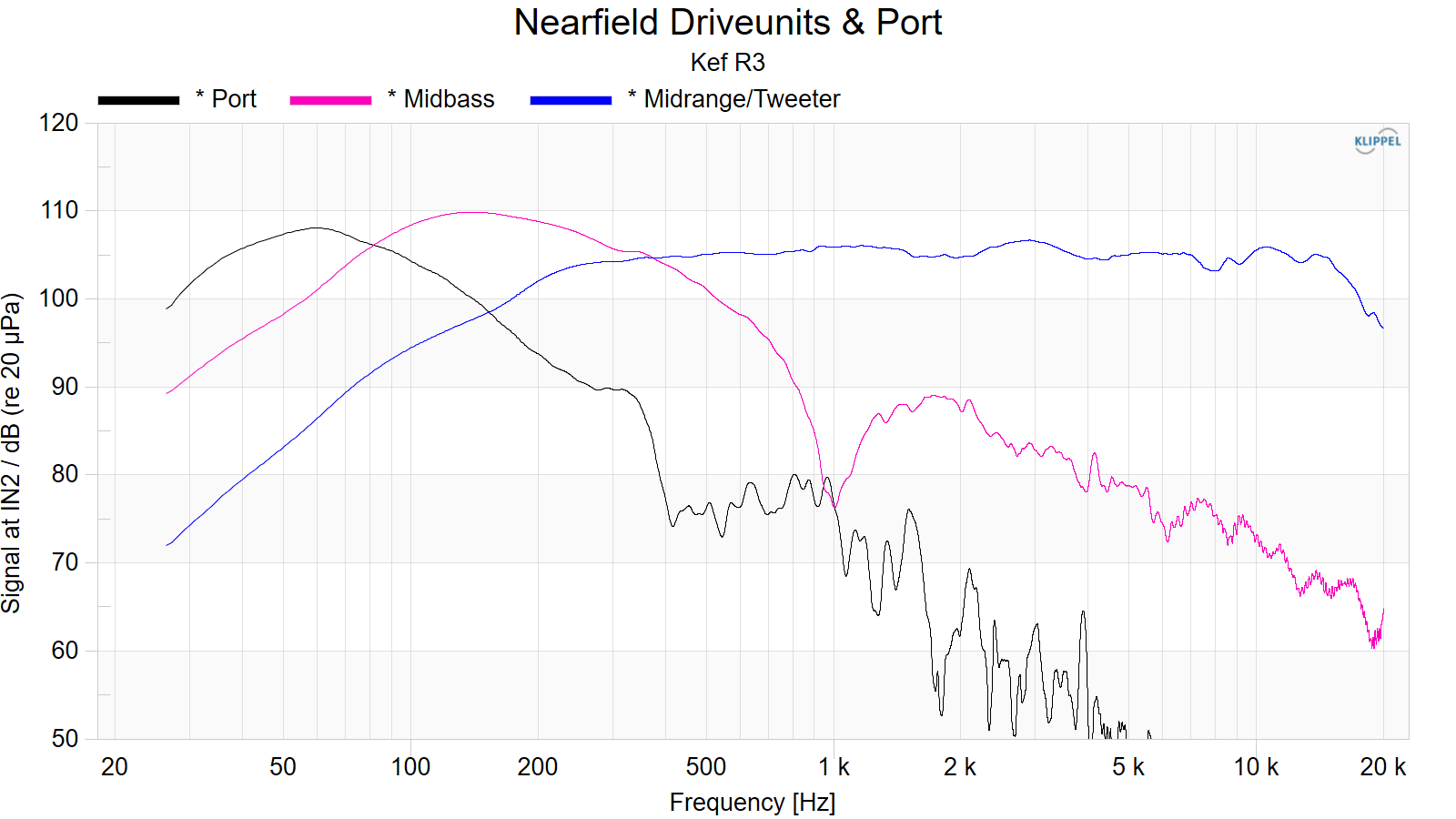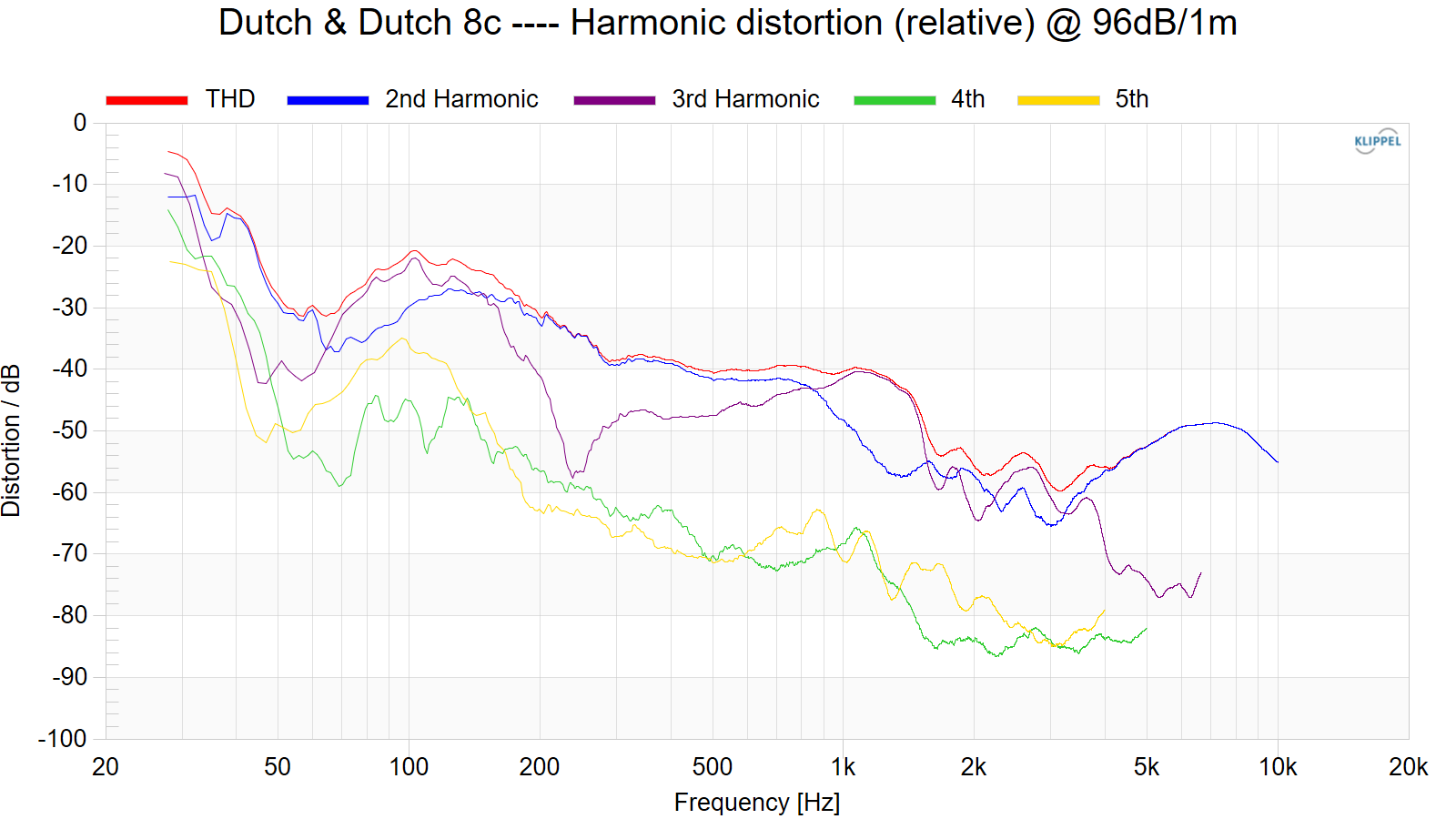One thing that is greatly mitigated by the cardioid bass and the directivity control down to 100 Hz is the very serious, not well known and deleterious phenomenon of SBIR (Speaker Boundary Interference Response), which very much affects the response of any low frequency radiators from subwoofer to main speakers. Much of the energy of bass in music or movies for that matter resides in the 100 to 300 Hz with the 100~200 Hz region, let's call it midbass for the sake of the discussion, being extremely important in the degree of realism of the bass reproduction. While many speakers seem at ease in the reproduction of those frequencies, most have difficulties in reproducing these with proper dynamics . Many see the subwoofer as the sole responsible of good and realistic bass. All things being equal, the reproduction and dynamic range of which the speaker is capable in the 100 to 200 Hz region, affects very much the quality and realism of the perceived "bass",. A point touched in the review of the Genelec 8361... I believe the 8C has that kind of realistic bass reproduction, and that is not simply achieved by plopping a subwoofer to a speaker incapable of good midbass dynamics.
SBIR starts rearing its ugly head the second you move the speakers from the boundaries. it does not help that most speakers radiates omni directionally in the bass and midbass. Yes, these can be mitigated with speaker placement.. that means placement of both main speakers
and , yes orientation too of subwoofers. The 8C is a system that take care of these issues in an elegant and convenient fashion, I mean, the darn thing seems to be capable of 105 dB at 35 Hz and this at a listening distance of 3 meters... I prefer, like the next person low level of distortions, but the 8C distorts where the distortion is masked by the signal, so it may not be that audible// All that in a small concentrent package, that includes almost everything. I would have wished for a way to control the volume that is not an app. To me a physical volume control is more ergonomic than anything a touch screen can present.
So for the (substantial) price of admission. You have a serious, complete linear system capable of flat, from 20 to 20 000 Hz output, at realistic levels in a large room with a great deal of linearity. Technology may take us, eventually there at a lower price, we may have to wait,; some very knowledgeable people may equal or surpass this level of performance with some speakers and subs... For the vast majority of audiophiles, even very serious and dedicated ones, , they may find that to achieve such results, the totals cost is pretty close to the 8C asking price and the resultant system more Rupe-Goldberesque ( Main speakers, Subwoofers, Cables, DAC, amplifiers, Crossover. Know-how, lot of it).
If one is able to to forgo the ROON integration and aesthetics

, there is a less expensive, much uglier version:, the 8C Studio, that seems to cost around $8500 ... Same performances and size, much, much uglier. To me, it remains very compelling...
Waiting (perhaps) for one more review.. You know whose

Peace.




.png)
